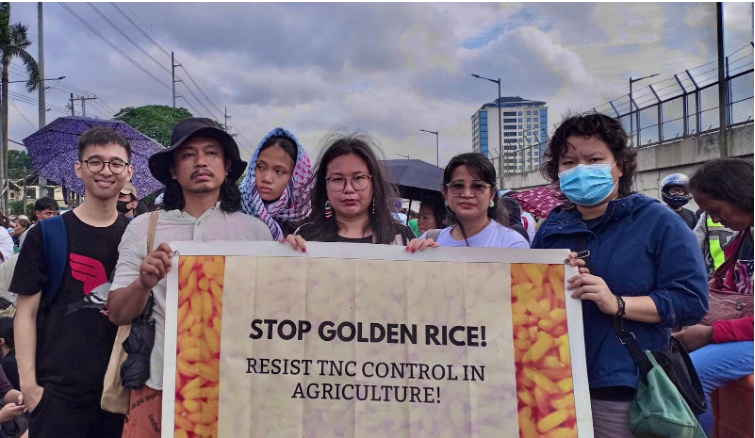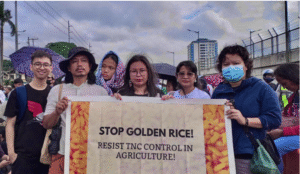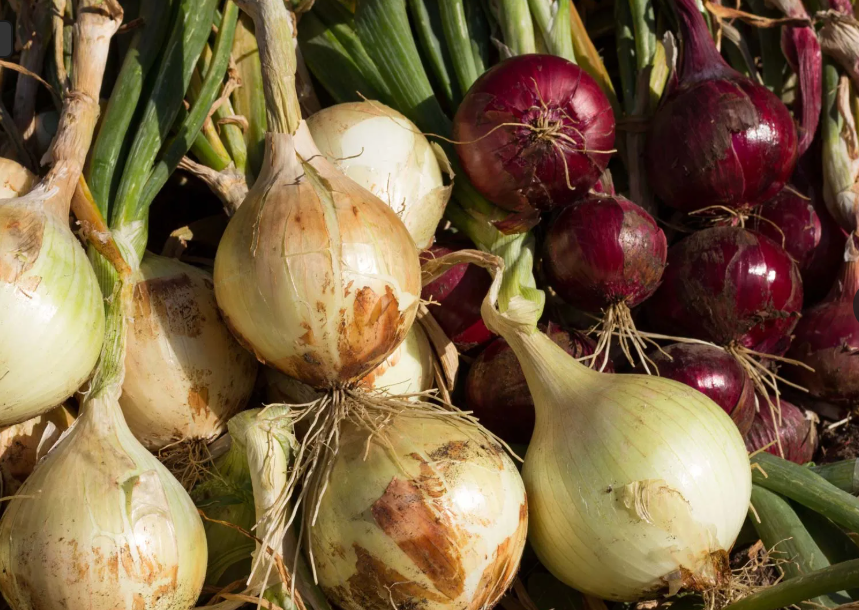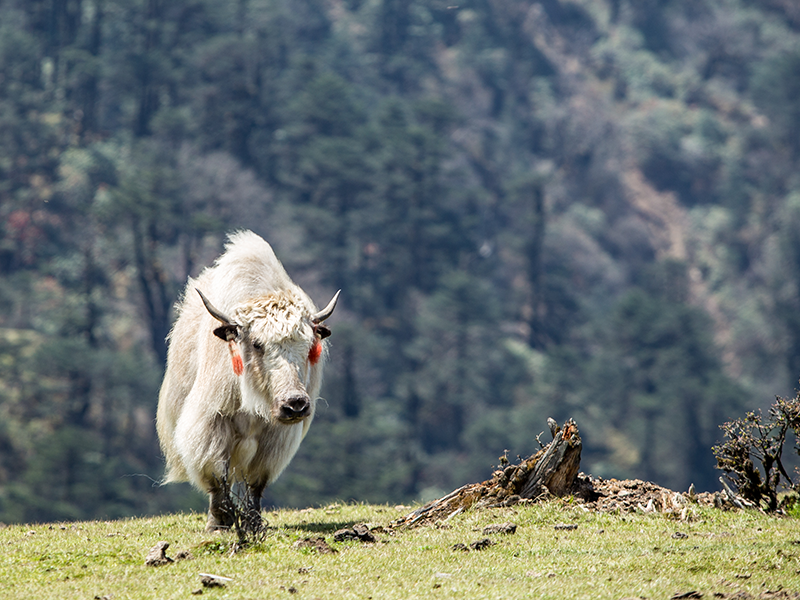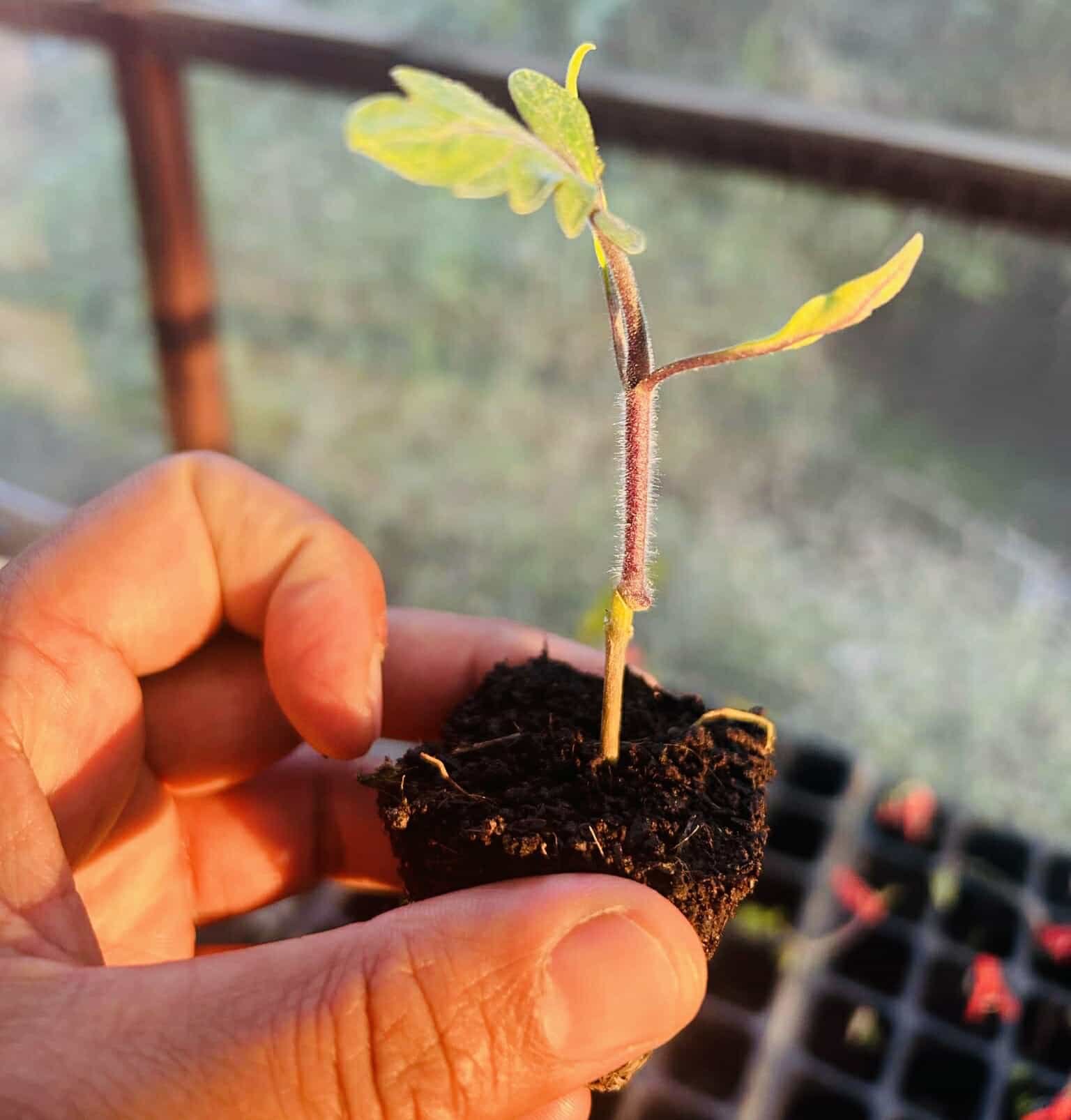Green businesses for biodiversity and climate action
Through Pacífico Biocultural, a GEF-funded project, FAO promotes the understanding of the interconnectedness between cultural and biological diversity. ©FAO/Felipe Rodríguez
11 Novemer : It’s the crack of dawn. Magnolia Ordoñez leaves in a small boat along with her husband – the captain- and her colleagues— all women. Their task: to find and collect pianguas, a type of saltwater clam, that lives buried within the roots of mangrove trees in the Pacific region of Colombia.
Reaching the pianguas is no easy endeavour. They must find the right place to anchor, always a different spot from their last harvest, to ensure sustainability. Magnolia then jumps overboard, climbs a wall of mud and walks as far as possible into the mangrove forest, jumping and weaving through long roots. She lights incense to ward off mosquitoes and takes a moment to sing to the mangroves, thanking them for the food they provide. Then, she wades through the mud, sometimes reaching above her knees, to carefully dig up the clams. With each piangua she unearths, she checks its size and takes only the mature ones. This labour-intensive process is a race against the rising tide.
After hours of strenuous harvest, she returns to shore. It’s time to clean the clams, save some for the market and hand the rest to her sisters in the kitchen.
Pianguas are known for their unique flavour and are used in a variety of traditional recipes, such as ceviche, coconut stews and rice dishes. They are considered a delicacy in the region and prized by the rest of Colombia. Nothing goes to waste: even the shells are turned into crafts.
Once the cooks are done, the dishes are served in communal restaurants, forming a chain of work reinforced by women. They are part of the association Raíces del Manglar (Roots of the Mangrove), and all are victims of the conflict that affected Colombia for over 50 years.
“The sea and the mangroves are our life. They feed us, and we must take care of them because they take care of us. We are all connected to them and their creatures,” says Magnolia.
Her association is one of the 40 green businesses and initiatives that the Food and Agriculture Organization of the United Nations (FAO), the Ministry of Environment and Sustainable Development of Colombia and partners support through the Pacífico Biocultural project, financed by the Global Environment Facility (GEF).
The project works to conserve the unique biodiversity and practices in the Colombian Pacific region by empowering local communities and supporting environmental governance in protected areas. Through restoration, training and capacity building initiatives, resource provision and knowledge sharing, FAO and its partners protect the environment and build resilient livelihoods, recognizing the deep connection between nature and culture in the Colombian Pacific.
The connection is especially vibrant in the Colombian Pacific coast. Emerald rainforests meet black sand beaches, and the sky and sea teems with life, from majestic birds to vibrant estuaries. Intricate mangrove labyrinths around small islands shelter not only pianguas but diverse species of commercially and nutritionally important food sources, such as fish, crabs and other molluscs.
Beyond its beauty, this wild coast plays a crucial role in fighting climate change. Vast forests and mangroves capture carbon and protect coastlines from eroding into the sea. It’s also a region of remarkable cultural heritage, home to Afro-descendants and Indigenous Peoples communities whose traditions reflect a deep connection to the land. Yet, these communities face persistent challenges from poverty, conflict and illegal activities, all of which threaten their ways of life and the health of the ecosystem.
“Afro-descendants, Indigenous Peoples and rural communities are working actively with us to protect and restore the environment and strengthen local governance,” explains Feder Angulo, FAO project facilitator in Nariño, Colombia. “This work is critical for building peace, a core principle of the project. Peace is more than just laying down arms. Peace means people feeling safe, secure and able to build a better life.”
Mangrove seeds are collected and grown in nurseries in the villages and then transported by boat to sites needing restoration after illegal deforestation or natural disasters. ©FAO/Felipe Rodriguez
Giving back to the mangroves
Spearheaded by the Communal Council of Bajo Mira and Frontera and the Community Resguardo El Gran Sábalo, the project is supporting these communities to restore over 240 hectares of forests, notably mangroves.
They are taking a stand against a shared challenge: the loss of mangroves. Years of exploitation and the increasing impact of climate change are degrading their vital coastal guardians. The Pacífico Biocultural project is supporting them to raise awareness of these threats and offer capacity building trainings and incentives for replanting activities.
“It is the start of a great, self-driven process to restore mangroves using native species. The red mangrove, the nato mangrove (mora oleifera), contributes to food security, income generation and conservation of life,” says Angulo.
These are species that have been recognized for being more tolerant of both flooding and salinity variation, making them a vital tool in climate adaptation too.
“Restoration greatly benefits our community. Forests have been cut down, and the animals and our livelihoods have diminished. We can’t find pianguas like in the old days anymore,” explains Pamela Quiñones. “The bigger the mangroves, the better they serve as a shield. They prevent the water from taking away our home.”
Communities, historically affected by conflict, are now united by a birdwatching corridor and working to promote community-based nature tourism and livelihoods. ©FAO/Felipe Rodríguez
Peace through green businesses
The Pacífico Biocultural project also supports communities in building peace through green businesses and sustainable endeavours, like birdwatching and nature tourism. The Bird-Mi birdwatching corridor connects six communities stretching from the foothills of the Andes to the Tumaco coast.
Within this corridor, the Awá Indigenous Peoples in Community Resguardo El Gran Sábalo are strengthening environmental monitoring and have opened “La Nutria” nature reserve. Over 420 bird species attract visitors and bird enthusiasts, and this success of the reserve reinforces the corridor’s rich biodiversity.
Nearby, the multi-ethnic community of El Pinde is comprised mostly of single mothers who lost their partners to the conflict. Residents are restoring the riverbanks and its natural trails to attract a variety of wildlife and enhance the Bird-Mi corridor. Their restoration provides alternative livelihoods and promotes peacebuilding through community-based nature tourism.
Meanwhile, at the Procacao Tumatay green business, former coca grounds that fostered illicit activities are being transformed into cacao fields that nurture agricultural livelihoods. Farmers grow cacao and scale up the value chain by processing and marketing high-quality chocolate products.
All these initiatives, which have received capacity building training and administrative and financial support from the Pacífico Biocultural project, are empowering communities, fostering peace and building economic stability for a better future, for the region and the planet.


